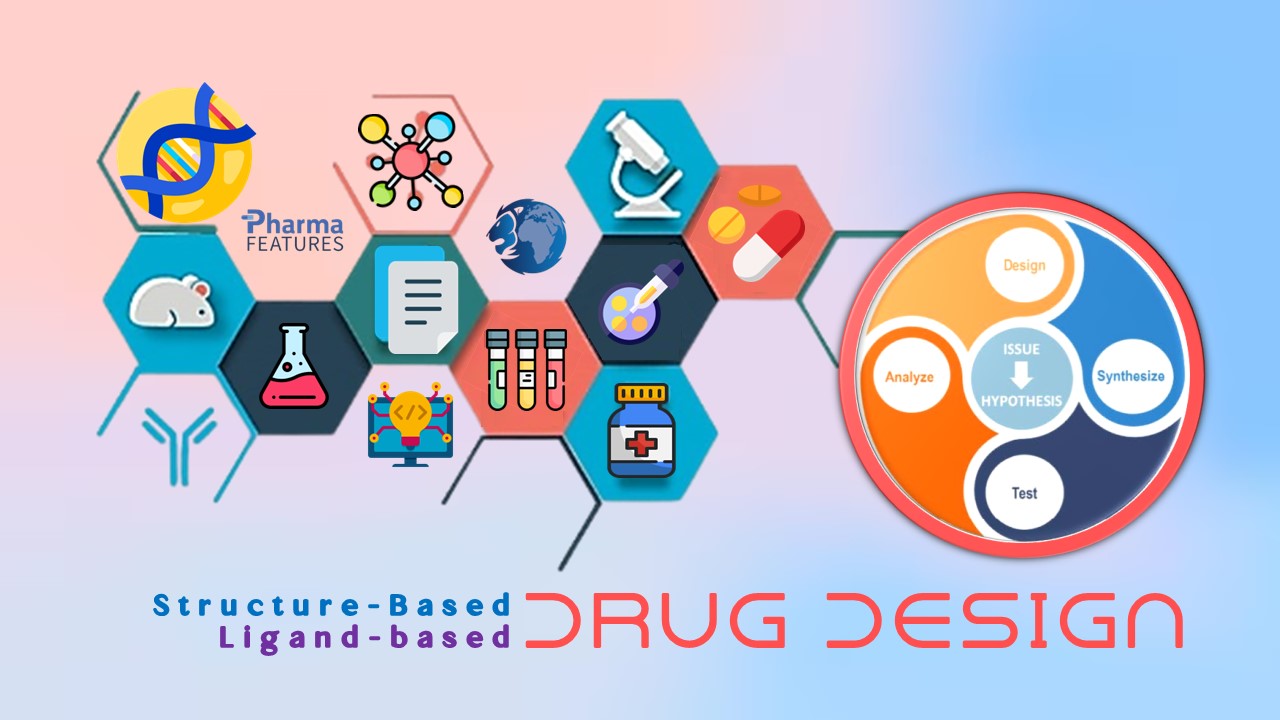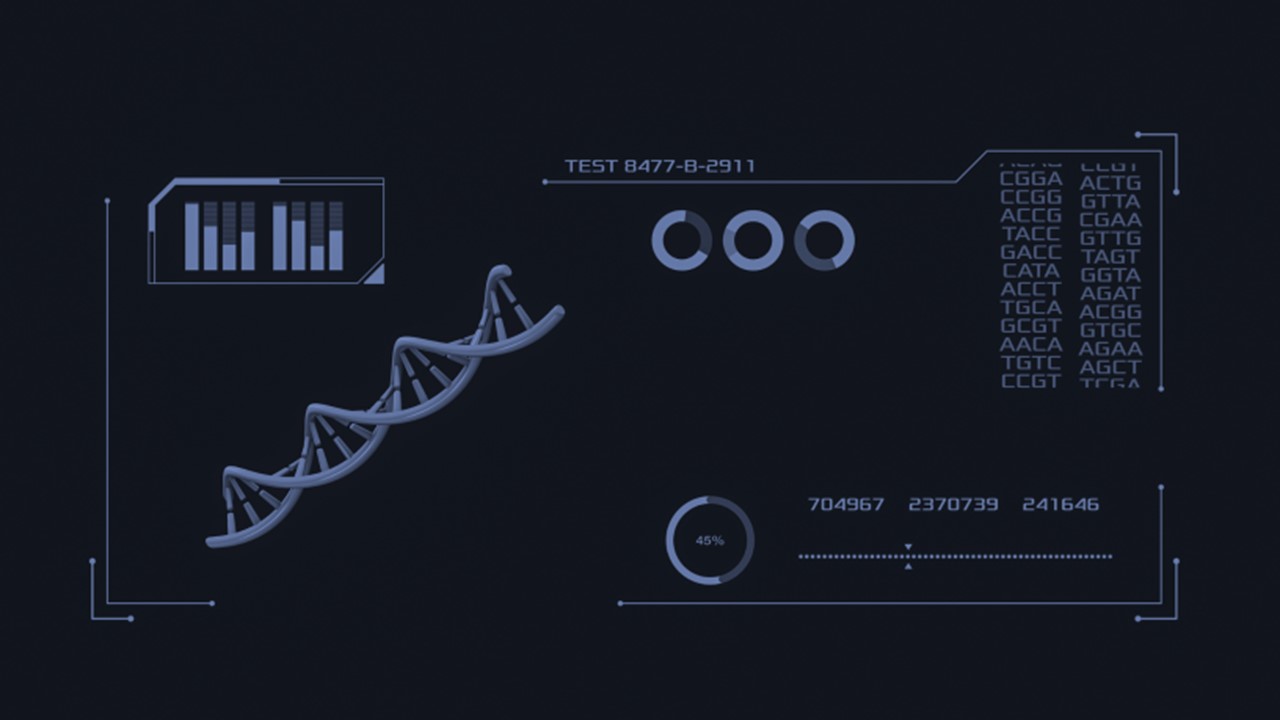In the intricate world of bioinformatics, the convergence of multi-omics data and advanced computational techniques has ushered in a new era of scientific exploration. This article embarks on a captivating journey through the realm of bioinformatics, unraveling the intricacies of data-driven approaches, composite networks, and post-integration analysis. Together, these methods offer an unprecedented glimpse into the inner workings of biological systems, paving the way for breakthroughs in disease understanding, biomarker discovery, and personalized medicine.
Data-Driven Approaches: Unearthing Hidden Connections
At the heart of bioinformatics lies the use of data-driven approaches, a powerful methodology that harnesses statistical models and machine learning to decipher the relationships within multi-omics data. These techniques shun prior biological knowledge, instead, focusing on the inherent correlations within the data. The applications of data-driven methods extend far and wide, from training predictive models to identifying biomarker candidates. Whether targeting a specific phenotype or exploring global biological interactions, data-driven approaches offer a lens into the unknown, unveiling relationships that defy conventional wisdom.
Step-Wise Integration: Unraveling the Layers
Ensemble Integration: A Symphony of Data
Step-wise integration strategies pave the way for a deeper understanding of multi-omics data. Ensemble integration, one such strategy, takes center stage by applying multivariate classification techniques to individual datasets. These predictors, born from diverse omics layers, join forces in a final model, unveiling intricate relationships. A real-world example illustrates the power of ensemble integration: the prediction of gestational age based on diverse omics data. Here, Elastic Net algorithms enhance performance, shedding light on the nuanced contributions of each dataset and even hinting at the regulatory roles of specific immune cells during pregnancy.
Pairwise Association: Connecting the Dots
In contrast, pairwise association-based strategies break down the barriers between omics layers. Using Quantitative Trait Loci (QTLs) as anchors, these strategies delve into the genetic variations that underpin molecular traits. By identifying overlapping QTLs across different omics datasets, researchers piece together the puzzle of intricate regulatory effects. For instance, the connection between autoimmune diseases and mRNA splicing emerges through the integration of various QTLs. Notably, QTL-based integration requires only summary statistics, making it an invaluable tool for data-sharing restricted datasets and enabling independent replication.
Simultaneous Integration: A Grand Synthesis
Single-Block Integration: Bridging the Gap
Simultaneous integration strategies usher in a new era of analysis. Single-block integration tackles the challenge of merging diverse datasets by concatenating them into a unified matrix. While this simplifies the application of conventional analysis methods, it also introduces challenges, such as the differing scales and variances across data types. To maintain balance, variables are scaled to unit variance, ensuring equitable representation of each dataset. This approach, seen in Multiple Factor Analysis, showcases its potential by unraveling cross-omics interactions and uncovering crucial biological insights.
Multi-Block Integration: Embracing Complexity
Recognizing the inherent heterogeneities among omics datasets, multi-block integration strategies step in. They offer a solution by modeling multiple data matrices simultaneously, preserving the unique characteristics of each dataset. Algorithms like OnPLS and DIABLO facilitate the integration of more than two omics datasets. Their applications extend from identifying disease-related genes to uncovering multi-omics biomarker panels, promising vast insights into complex biological systems. As multi-omics datasets grow in size and complexity, these strategies become essential tools for researchers.
Composite Network Approaches: Connecting the Dots
Building a Composite Network
Composite networks represent an intriguing and powerful strategy in the field of bioinformatics, as they offer a holistic approach to integrating a multitude of biological information from various sources. These networks serve as a means to create a unified and interconnected view of the intricate relationships within biological systems. In this discussion, we will delve deeper into the significance of composite networks and the challenges they pose in their construction.
A Unified Approach to Integration
Composite networks fundamentally serve as a bridge between diverse knowledge-based and data-driven components. They bring together information from sources like publicly available databases (knowledge-based) and experimental datasets (data-driven), providing researchers with a comprehensive and unified view of the complex web of interactions within biological systems. This integrated approach is particularly powerful because it allows scientists to move beyond the confines of individual data silos and explore the intricate connections between various biological entities.
Cataloging Omics Relationships
One of the primary advantages of composite networks is their ability to create a catalog of relationships within and between different omics layers. These layers encompass genomics, transcriptomics, proteomics, metabolomics, and more. By merging information from these layers, composite networks offer researchers a bird’s-eye view of how different biological entities, such as genes, proteins, and metabolites, interact and influence one another. This comprehensive perspective can be invaluable in understanding the underlying mechanisms of complex biological processes.
Transcending Specific Phenotypes and Diseases
Composite networks are not limited to specific research questions or diseases. Unlike many other analytical approaches that focus on a particular phenotype or medical condition, composite networks have a broader scope. They are designed to capture the entirety of available biological knowledge and data, making them a versatile tool for exploration and hypothesis generation. Researchers can use these networks to investigate a wide range of biological phenomena, from fundamental cellular processes to disease-specific pathways.
Challenges in Construction
However, the construction of composite networks is not without its challenges. Several key obstacles must be addressed:
Mapping Identifiers: Integrating data from different sources often involves dealing with varying identifiers for biological entities. For example, a gene may be referred to differently in different databases. Ensuring that these identifiers are mapped accurately and consistently across all integrated components is a critical step.
Managing Data Formats: Diverse data sources come with varying data formats, structures, and quality levels. Harmonizing these different data formats into a cohesive framework can be a complex and time-consuming task.
Statistical Cut-offs: Another challenge lies in determining how to set statistical cut-offs for integrating different types of data. Establishing thresholds for significance and relevance is essential to ensure that the integrated network is biologically meaningful.
Despite these challenges, composite networks remain a captivating and promising approach in bioinformatics. They offer a means to unlock the full potential of multi-omics data by providing a holistic view of biological systems.
Post-Integration Analysis and Interpretation: Navigating Complexity
Analyzing Complex Networks
Once the multi-omics data is integrated, the real journey begins. Post-integration analysis is the compass that guides researchers through the labyrinthine networks and associations. Networks serve as a powerful visual aid, allowing for the exploration of modular patterns and complex relationships. However, as networks grow in complexity, alternative representations like structural summaries become essential for clarity. Graph algorithms come into play, enabling the prediction of novel connections, identification of key players, and extraction of meaningful subnetworks.
Validation and Beyond
Validation of findings in multi-omics studies is not always straightforward, given the complexity of the data. While prior knowledge and functional evidence offer some validation, the future promises data-driven replication as more standardized and indexed datasets become available. The sharing of results in accessible repositories further fosters collaboration and data exploration.
The Odyssey of Bioinformatics
In the vast universe of bioinformatics, the integration of multi-omics data is akin to embarking on a grand odyssey. Data-driven approaches, step-wise and simultaneous integration strategies, composite networks, and post-integration analysis collectively illuminate the path toward understanding the intricacies of biological systems. As technology advances and datasets grow, this journey promises to yield transformative insights, unlocking the secrets of health, disease, and personalized medicine. The synergy between science and computational prowess propels us forward, ready to explore new horizons in the world of bioinformatics.
Engr. Dex Marco Tiu Guibelondo, B.Sc. Pharm, R.Ph., B.Sc. CpE
Subscribe
to get our
LATEST NEWS
Related Posts

Bioinformatics & Multiomics
Harnessing Computational Ingenuity for Tomorrow’s Therapeutics
Leverage computational power to navigate modern drug design.

Bioinformatics & Multiomics
Exploring Cutting-Edge Techniques in Protein Target Identification
From genetic screens in model organisms to chemical proteomics in mammalian systems, each approach offers unique insights into the complex landscape of drug-target interactions.
Read More Articles
Synthetic Chemistry’s Potential in Deciphering Antimicrobial Peptides
The saga of antimicrobial peptides unfolds as a testament to scientific ingenuity and therapeutic resilience.












